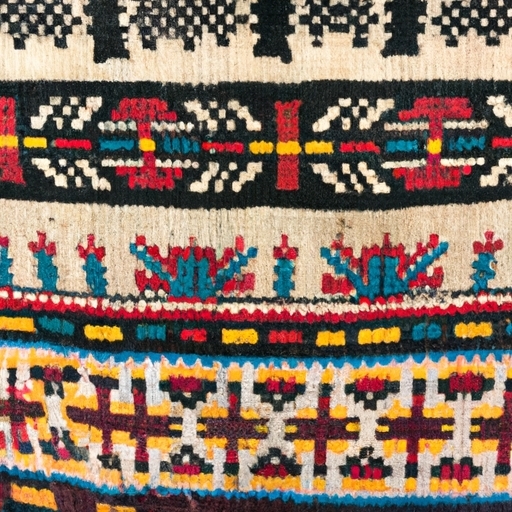
History of American Indian rug weaving traditions
how to make a native american flute pdf
Making a Native American flute is not only a creative and fulfilling project, but also a way to connect with the rich cultural history of indigenous peoples. One of the first steps in this process is gathering materials.
The most important material needed for making a Native American flute is wood. Traditionally, cedar, walnut, cherry, or maple are used due to their durability and resonance. It is crucial to select a piece of wood that is free from knots or blemishes, as these can affect the sound quality of the finished flute.
In addition to wood, other materials such as leather for the bindings and feathers for decoration may be needed depending on the style of flute being made. These materials can often be found at craft stores or online retailers specializing in Native American crafts.
When gathering materials for flute making, it is important to remember that each piece should be selected with care and respect for the cultural significance of the instrument. By using traditional materials and techniques, we can honor the heritage of Native American music and craftsmanship while creating a beautiful and functional work of art.